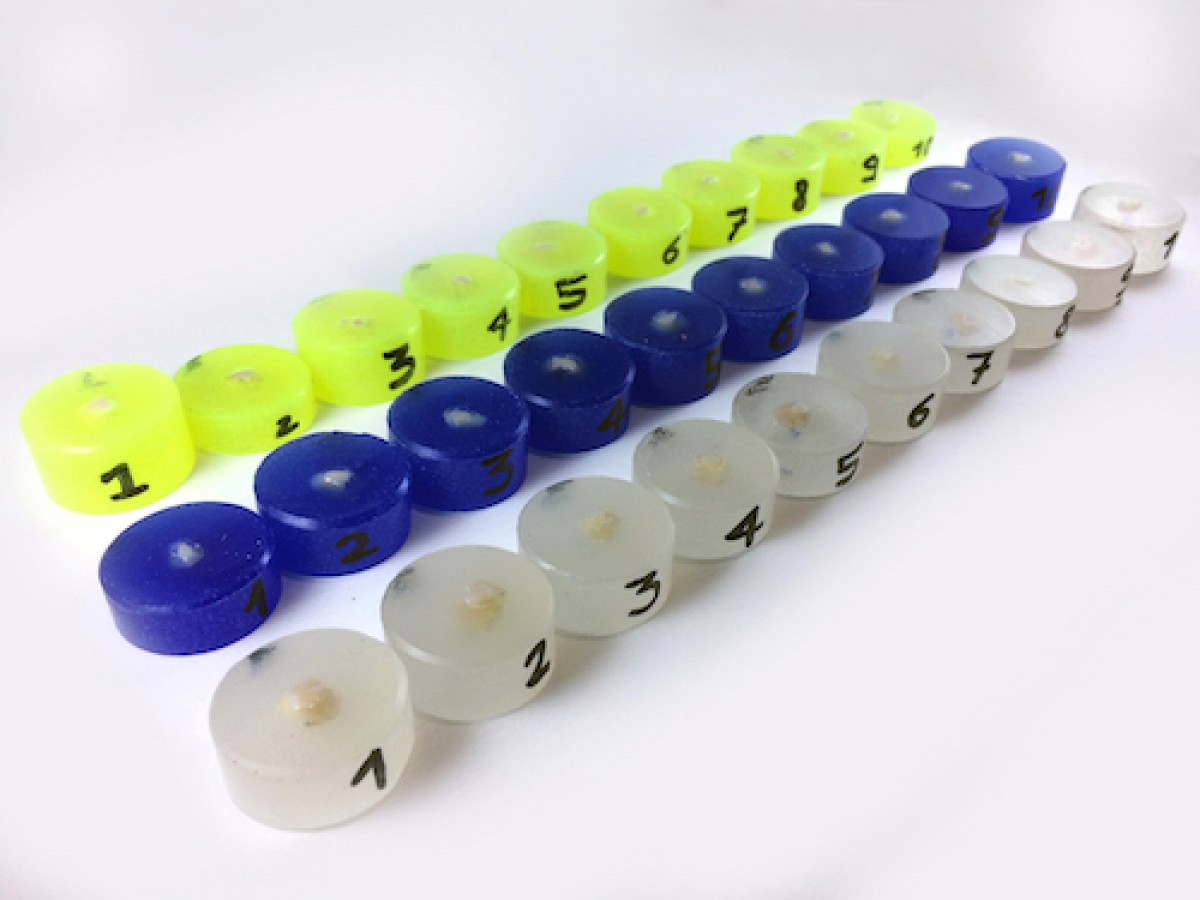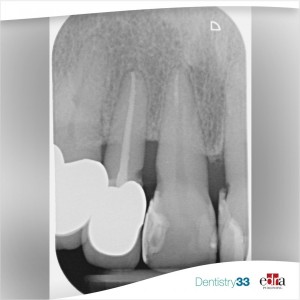
Evaluation of the remineralizing capacity of amorphous calcium phosphate on white spot lesions
Authors:Marco Calabrese Lorenzo Graiff Alberto Fioretti Matteo Fistarol
Dental caries is a disease that causes the destruction of the tooth due to the metabolic bacterial processes that take place within the oral biofilm. The term "caries" identifies the actual pathology, while the notation "carious lesion" indicates the sign of the disease. The damage is consequent to a demineralization process: in most individuals, it proceeds very slowly and remains active thanks to the presence of events that can modify the physiological and dynamic balance between the mineral component and saliva. In fact, when the oral pH drops due to the release of acids produced by the bacteria located within the dental biofilm the solubility of hydroxyapatite increases favoring demineralization, which will continue until a neutral pH is restored. When the rate of demineralization decreases, the opposite event, remineralization, can occur. Enamel dissolution (demineralization) and precipitation (remineralization) are events that, during the day, continually follow one another, depending on pH variations, without necessarily hesitating in a carious lesion: for example, if the bacterial biofilm is partially or totally removed, the mineral loss can be stopped or even reversed favoring remineralization. Therefore, the absence of a clinically visible lesion does not necessarily imply that demineralization has not occurred. The extent of the carious lesion is variable, as it can occur both as an initial loss of mineral substance at an ultrastructural level, and as a complete destruction of the tooth. The initial phase of each carious lesion appears as a non-cavitated hypo-mineralized area confined to the more superficial layers of the enamel known as white spot or initial enamel carious lesion. The progression of these lesions can be stopped or reversed by remineralization, by using specific materials capable of supplying ions necessary for the repair of the enamel. The study intends to evaluate, in vitro, the remineralizing capacity of amorphous calcium phosphate (ACP) in two different forms: conjugated with casein phosphopeptides (CPP-ACPF) or citrate (C-ACP).
MATERIALS AND METHODS
Thirty sound dental crowns were embedded in self-curing acrylic resin. The enamel surface was polished with abrasive paper in order to remove a thin layer of 100 µm thick. The baseline surface microhardness (Baseline) was measured for all the specimens using the Vickers microhardness testing machine. Artificial enamel carious lesions were created by inserting the specimens in de-mineralizing solution for 96 hours. Demineralized surface microhardness (T1) was measured again for all the specimens. The 30 samples were then divided into 3 groups: Group A - CPP-ACPF (Mi Paste Plus, GC Italia Srl, Milan, Italy), Group B - C-ACP (Biosmalto, Mousse azione d’urto, Curasept SpA, Varese, Italy) and Group C - Control. The samples were subjected to 10 days pH-cycling regimen, in which demineralization and remineralization continuously occured in order to simulate the normal oral cavity pH fluctuations. The surface micro-hardness was re-measured at the end of the treatment (T2).
RESULTS
Groups A and B showed a significant microhardness recovery compared to Group C. Tendency towards remineralization was observed in both groups A and B.
CONCLUSIONS
Considering the limits, the present study demonstrated the efficacy of CPP-ACPF and C-ACP as anticariogenic agents. The treated samples showed a tendency towards remineralization.
CLINICAL SIGNIFICANCE
Both agents can be used for the prevention and treatment of early carious lesions.
 Related articles
Related articles
Oral Hygiene & Prevention 07 September 2023
Root caries: effect of fluoride toothpastes and bioactive F-glass
Root caries is one of the main causes of tooth loss in the aging population. Toothpastes containing fluoride are considered inexpensive anti-caries agents due to...
Restorative dentistry 09 August 2023
By Arianna Bianchi
Modern dentistry is increasingly focused on developing a more effective means of restoring enamel.
By Lorenzo Breschi and Diego D’Urso
The purpose of using biomimetic concept is to conserve tooth structure and vitality, increase the longevity of restorative dental treatments, and eliminate the need for future retreatment. Singer et...
Restorative dentistry 28 February 2023
Remineralizing effect of contemporary ion-releasing materials in mineral-depleted dentin
By Lorenzo Breschi and Carlo D’Alessandro
Data comparing remineralizing abilities under conditions similar to the clinical ones, are still insufficient and inconsistent.
Orthodontics 03 May 2023
Impact of clear aligners on oral health, oral microbiome during orthodontic treatment
The present work highlighted further links between clear aligners and changes in oral health and the oral microbiome and provided plaque control methods for clear aligner trays.
 Read more
Read more
Editorials 10 October 2025
With proud smiles and crisp white coats, ninety-three learners from the DDS Class of 2029 and the International Dentist Pathway Class of 2028 marked the start of their dental careers at the UCSF...
Periodontology 10 October 2025
Continuous professional development (CPD) in Periodontology refers to the overall framework of opportunities that facilitate a life-long learning practice, driven by the learner-practitioner and...
TheraBreath, the #1 alcohol-free mouthwash brand in the U.S.*, has introduced a new line of dentist-formulated, clinically tested toothpastes designed to support professional oral care...
News 10 October 2025
New officers and trustees were installed at the Minnesota Dental Association’s Leadership Conference on September 19 in Minneapolis.
News 10 October 2025
Smartee Denti-Technology today announced that Professor Gang Shen, its Chief Scientist and Executive President of TaiKang ByBo Dental, has once again been named to the World’s Top 2% Scientists...















